The E Major scale contains the following notes:
E – F# – G# – A – B – C# – D#
The E Major Scale is a great scale to be familiar with on the guitar. The lowest note on the guitar (6th string open) is E, so in many ways the note E feels like a sort of ‘home’ note..
There are 4 sharps in the E Major Scale:
F# – G# – C# – D#
The relative minor of E Major is C# minor.
If you are interested in learning about modes and guitar scales, it should be pointed out that the E Major scale is effectively the same scale as the E ionian scale. For the purpose of the series of lessons on guitar modes, we are going to treat E ionian and E Major as identical scales (which they are).
E Major Scale in the Open Position
Let’s look at the E Major scale in the open position (notes and tabs).
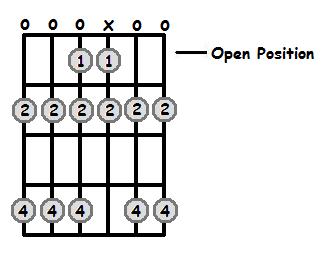
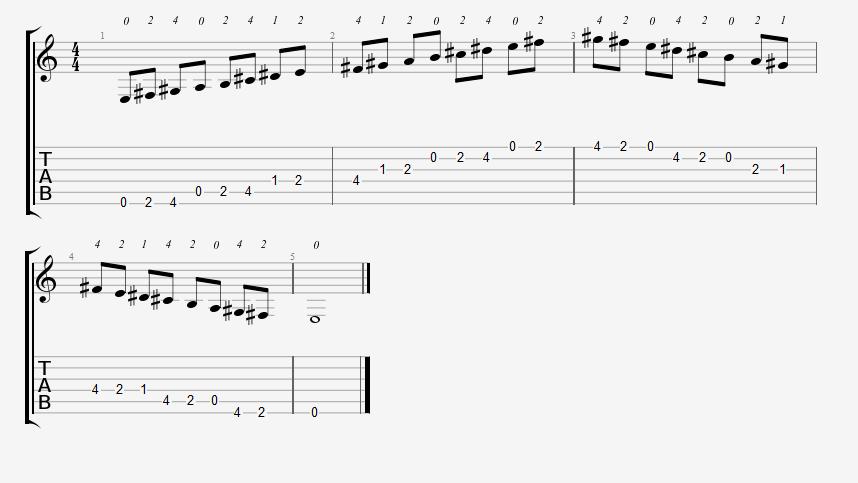
5 CAGED Positions for E Major Scale
Now let’s look at the 5 different positions along the fretboard.
E Major Scale in the 4th Position (lowest fret is 4)
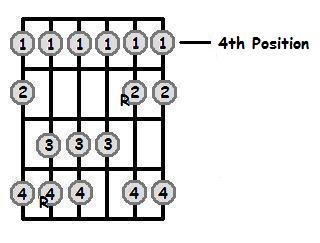

E Major Scale in the 5th Position (lowest fret is 5)
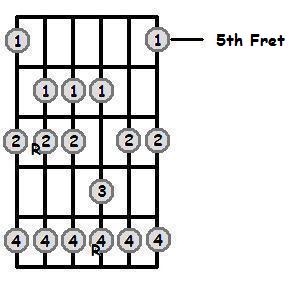
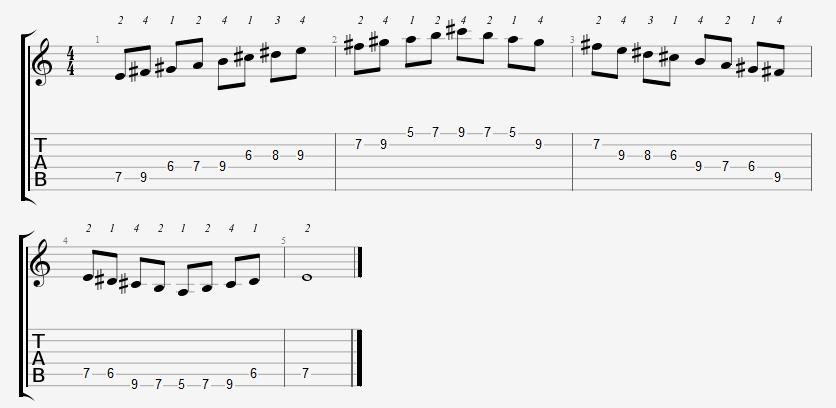
E Major Scale in the 8th Position (lowest fret is 8)
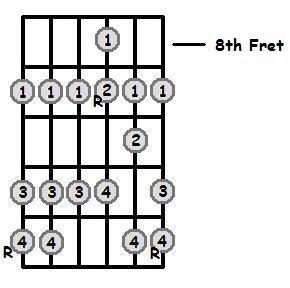
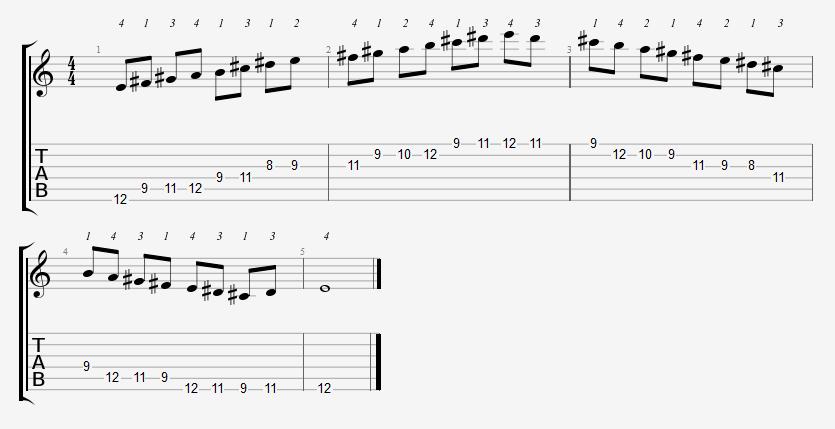
E Major Scale in the 11th Position (lowest fret is 11)

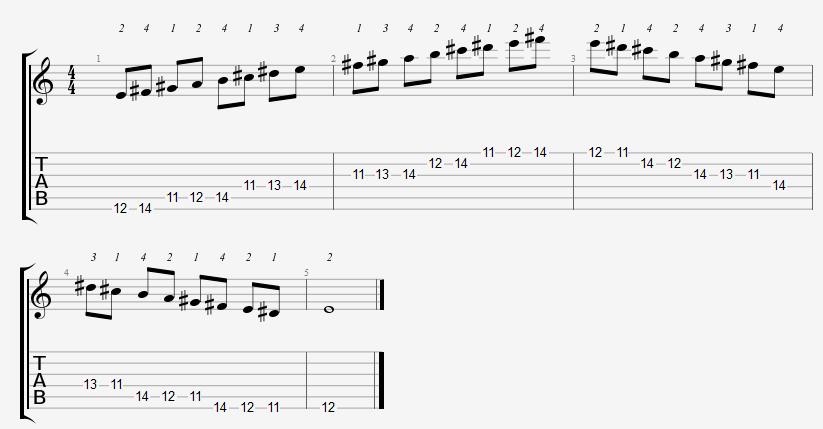
E Major Scale in the 12th Position (lowest fret is 12)
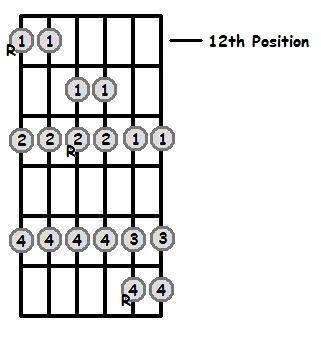
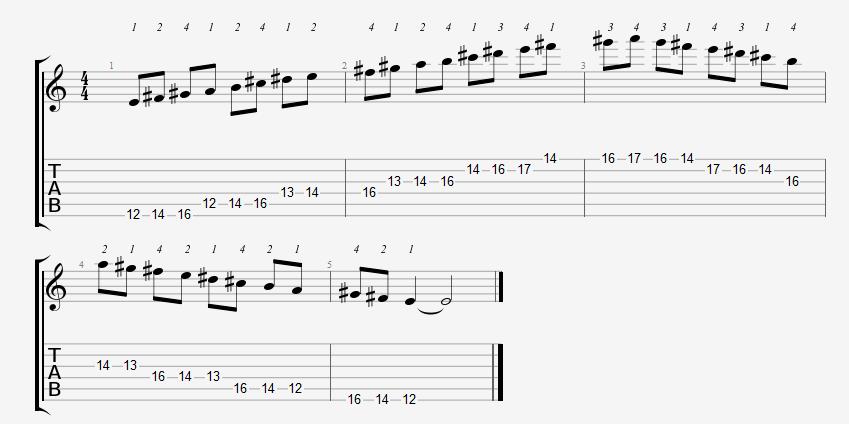
How to Use the E Major Scale
For the purpose of improvising, the E Major scale can be used over the E Major chord, the E Major 7 chord, as well as other chords within the key of E Major.
Chords in the Key of E Major
The key of E Major contains the following chords (triads and 7th chords):
- E Major/E Major 7
- F# minor/F# minor 7
- G# minor/G# minor 7
- A Major/A Major 7
- B Major/B Dominant 7
- C# minor/C# minor 7
- D# diminished/D# half diminished
Modes Of The E Major Scale
There are 7 modes in the key of E. We can produce these modes by playing the notes of the E Major scale, while starting on different notes of the scale. For example, to play the F# dorian mode, we start on the note F# and then play the notes of the E Major scale. To play the C# Aeolian mode, we start on C# and play through the notes of the E Major scale.
Here are the 7 modes in the key of E Major:
